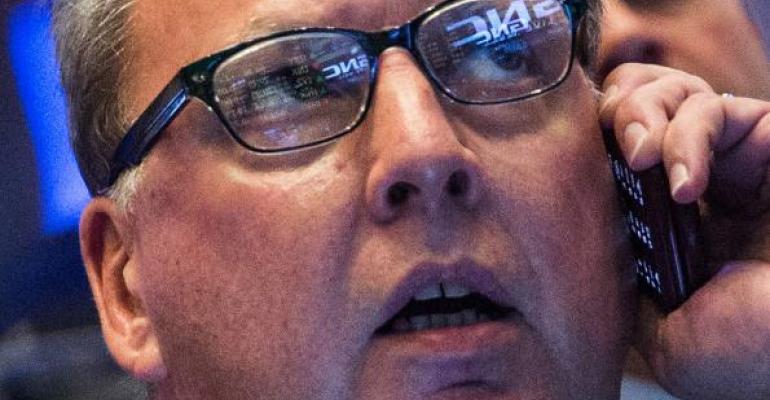By Mark Gilbert
(Bloomberg Opinion) -- The trend that’s been driving fees in the world of asset management relentlessly lower has finally reached its (il)logical conclusion. The Securities and Exchange Commission has just approved an exchange-traded fund with negative fees. It’s further evidence, if any were needed, that the rush to the cheap seats is unlikely to halt anytime soon — and that fund managers need to continue adjusting to their straitened circumstances.
New York-based Salt Financial will launch its Salt Low truBeta ETF by paying investors 50 cents for every $1,000 invested until the fund reaches $100 million — which the firm says is the minimum size to get listed on brokerage and advisory platforms — at which point the fee reverts to $2.90.
Of course it’s a bit of a gimmick designed to attract publicity, and the firm can still earn a crust by lending out the stocks it buys and charging the borrowers a fee.
But it does also highlight the winner-takes-all aspect of the ETF market where the top three firms — BlackRock Inc., Vanguard Group Inc. and State Street Corp. — control more than 80 percent of U.S. assets, according to figures compiled by Bloomberg Intelligence. Even in Europe, almost 65 percent of the market is in the hands of BlackRock, DWS Group GmbH and Societe Generale SA.
“David needed a slingshot to take down Goliath — we need a negative-fee model to force our way in,” company president and co-founder Alfred Eskandar told the Financial Times. “New ETF issuers have two choices. They can do their best to survive for the six years it takes on average to get to $100 million, or they can do something more drastic that gets them there quicker.”
As my Bloomberg Intelligence colleague Eric Balchunas said in March, the ETF market is a “Terrordrome” where 97 percent of 2018’s net flows of almost $500 billion that flowed into passive funds was allocated to products charging 0.2 percent or less. “Cheap is where virtually all the investment dollars are flowing,” he wrote.
And demographics suggest there’s more to come. Charles Schwab Corp. just released a survey of ETF users that shows a generational divide between younger savers, who’ve embraced the low-cost simplicity of the products, and older investors who remain a bit more skeptical of their usefulness.
Some 68 percent of all of those surveyed said they plan to increase their ETF investments in the coming year, up from 54 percent in the 2018 survey. When split by age, though, the percentage of younger investors expecting to increase their reliance on ETFs is markedly higher.
As the grim reaper slowly but steadily culls the older generation, mathematics means there’ll be a corresponding increase in the proportion of younger investors who’ve been bombarded in recent years by articles and reports arguing that the returns available from active investment products don’t come close to justifying their higher fees. The immutable laws of demographics mean the shift to passive strategies will accelerate.
Mark Gilbert is a Bloomberg Opinion columnist covering asset management. He previously was the London bureau chief for Bloomberg News. He is also the author of "Complicit: How Greed and Collusion Made the Credit Crisis Unstoppable."
To contact the author of this story: Mark Gilbert at [email protected]
For more columns from Bloomberg View, visit bloomberg.com/view





